Gates of Hell Facts
- The term Gates of Hell constitutes the local name for a truly astonishing site, a collapsed cavern, located in a rather remote portion of the world.
- Despite its other-worldly appearance, this rather remarkable place represents an accidentally created, man-made geological feature.
- Not unsurprisingly, this incredible place now serves as a popular tourist attraction. Since 2009, more than 50,000 tourists have visited the site.
- In addition to the site itself, the surrounding region has now become a popular location for wild desert camping, among enthusiasts.
Related Articles
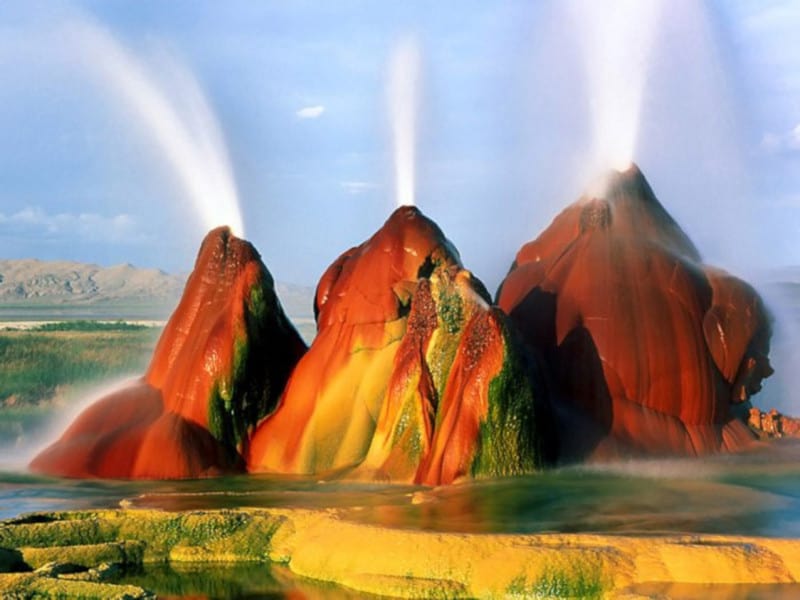
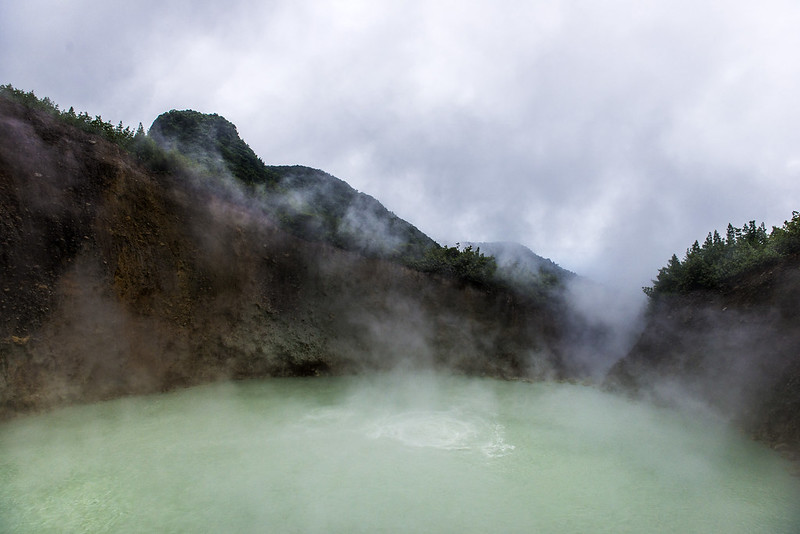
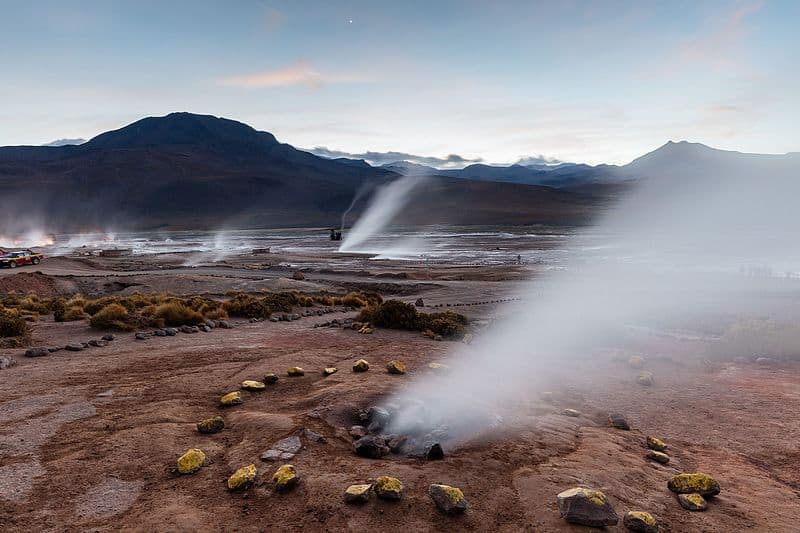
Gates of Hell Physical Description
The accidentally created cavern now known as the Gates of Hell measures about 66 feet (20 m) deep. The heat from the perpetual flames also created a permanent pool of bubbling mud known as a mud pot.
Vivid orange flames also accompany the bubbling and help to inspire the local name for the cavern. Experts now know that the natural gas deposits in the region rank among the most extensive in the world.
The original expectations were that the deposit would burn itself out in a few days. Instead, the Gates of Hell continues to burn to this day.
Gates of Hell Location, Formation, and Future
The visually astounding feature known as the Gates of Hell sits in a rather remote and rugged portion of the country of Uzbekistan, in Asia.
Located roughly in the middle of the Karakum Desert, the area teems with natural gas deposits. In 1971, Soviet scientists tapped into a cavern filled with natural gas.
Consequently, the ground beneath the drilling rig unexpectedly, and surprisingly collapsed. This resulted in the formation of a cavern about 230 feet (70 m) across.
To avoid the dangerous discharge of gases, officials decided to ignite the gas and let it burn off quickly. to their surprise, it did not do so.
Thus, mankind itself created the Gates of Hell as a result of its mistakes.
The government of the country hopes to limits the effects of this man-made marvel on future natural gas exploitation in the area.
Features Sharing Its Region
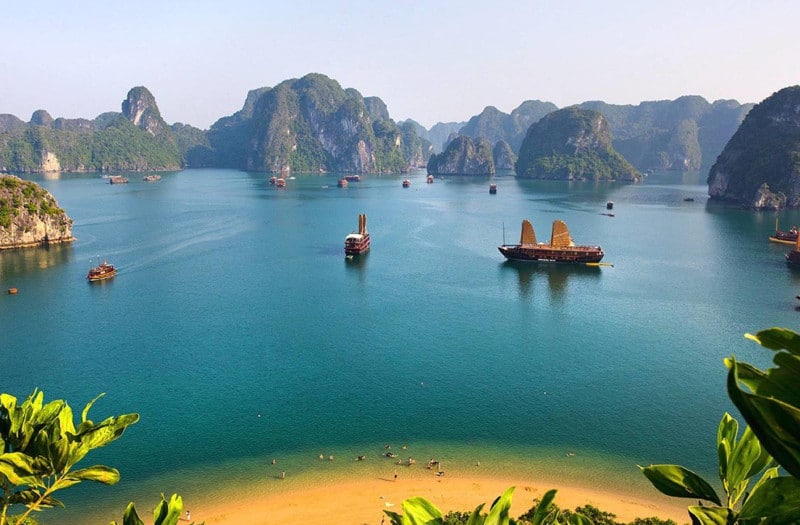
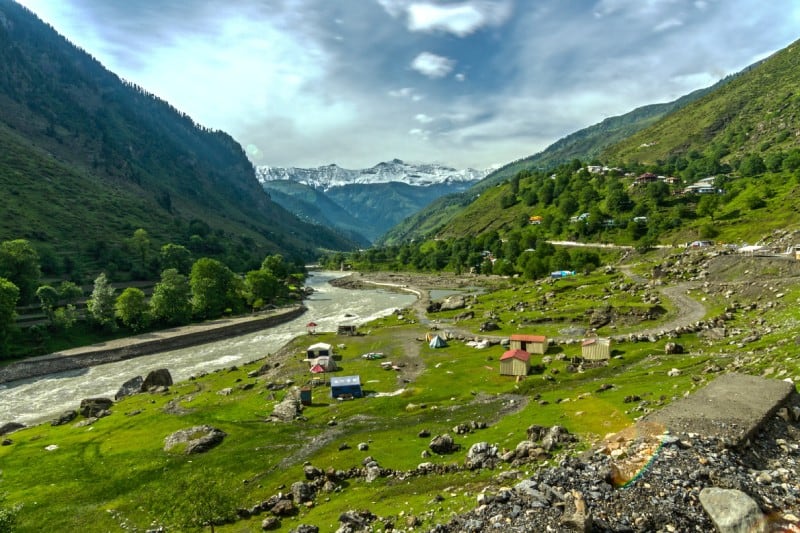
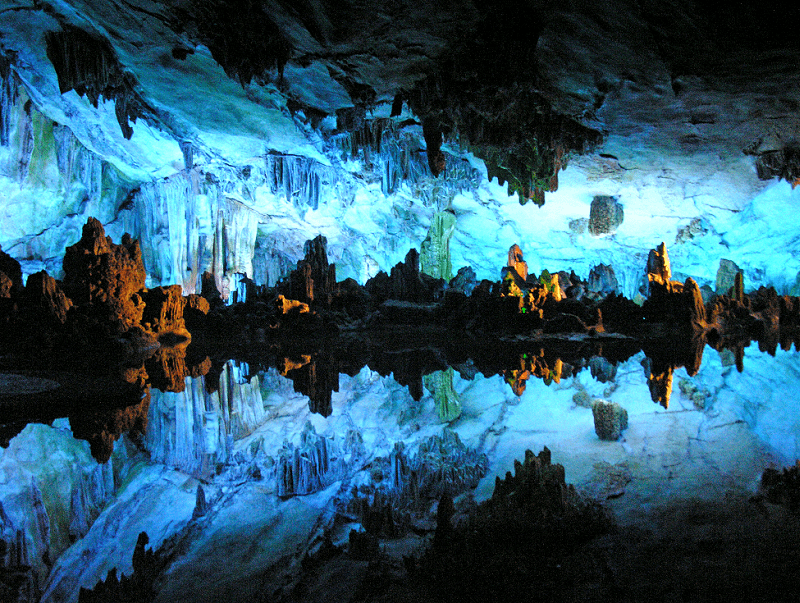
Check out our other articles on Minerva Springs and Terrace, Australian Sea Lion, Victoria Falls, Atlantic Horseshoe Crab, New South Wales Waratah, Texas Blind Salamander, Jewelled Gecko

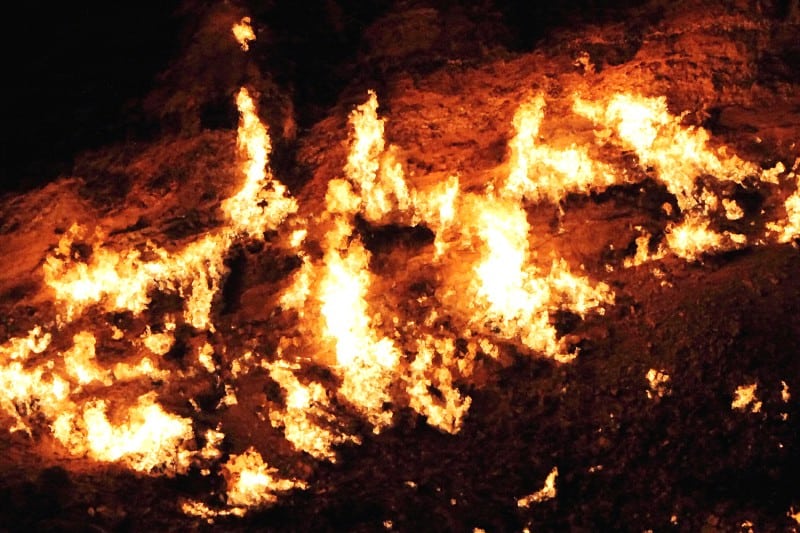
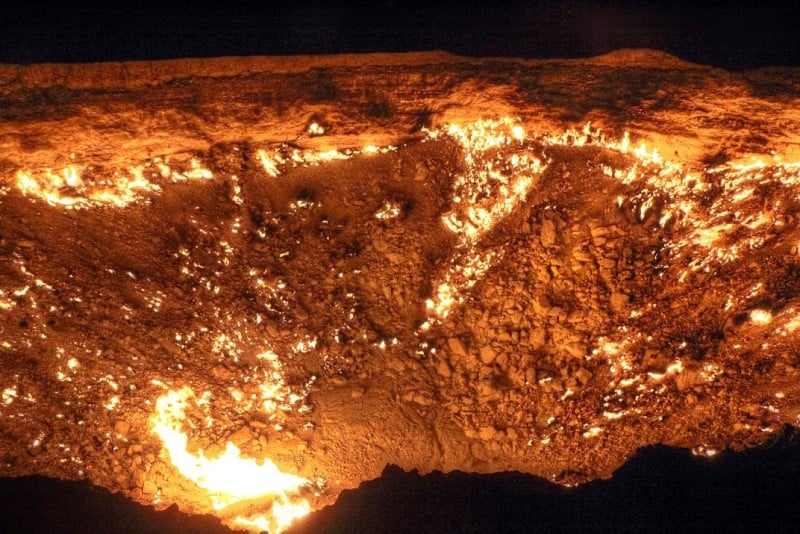









Leave a Reply